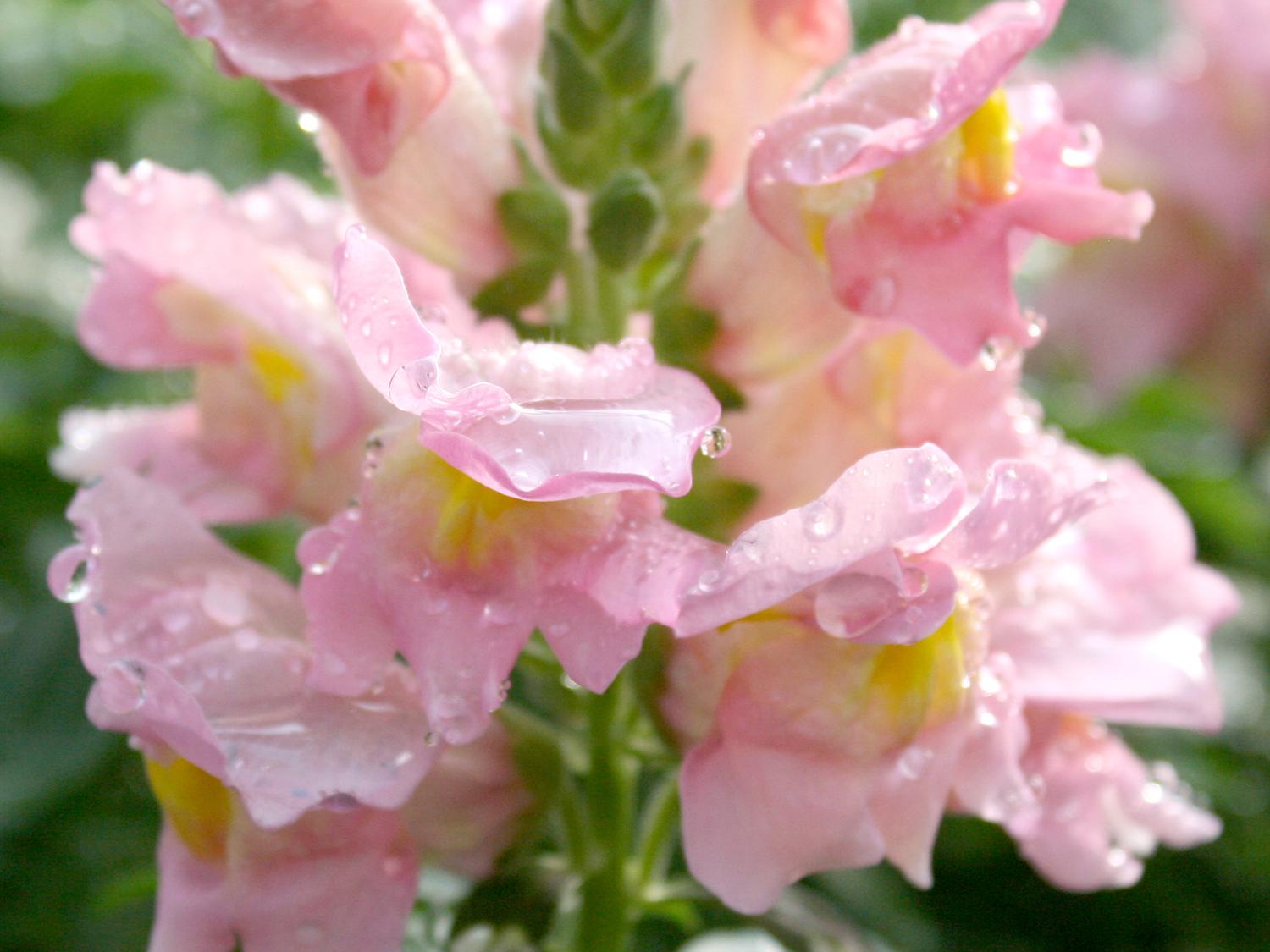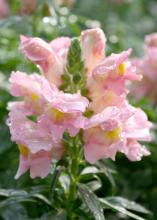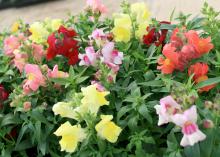Information Possibly Outdated
The information presented on this page was originally released on January 15, 2016. It may not be outdated, but please search our site for more current information. If you plan to quote or reference this information in a publication, please check with the Extension specialist or author before proceeding.
Enjoy snapdragons in spring landscape
Just as it seems I’m finally settling into the winter color season and noticing how good all the pansies and violas are looking, it’s time to start planning for spring.
Recently I’ve written about the diascia and nemesia, but now is the time to get excited about their more well-known cousin, the snapdragon.
Snaps, as I like to call them, are a good choice for cooler weather. In my experience, they won’t tolerate any extended freezing, but snapdragons will hang on through the winter in south Mississippi. They provide good color in the cool fall and spring seasons.
In the northern half of the state, it’s probably better to consider them as fall and spring annuals. But whenever you plant them, the flowering display is sure to dazzle and liven up the landscape, kind of like a floral kaleidoscope. They’re usually available in a variety of sizes sure to be perfect for almost any garden.
I consider the sonnet series to be the most visible snapdragon we see in the landscape. The wide variety of colors in the series is one reason Sonnets are so popular.
Sonnets grow up to 30 inches tall and display colors including red, orange, yellow and white, with others in between. The plants produce multiple tall flower spikes, which make them a perfect choice for enjoying indoors as cut flowers. An added bonus is that warm indoor air will enhance the flowers’ light cinnamon fragrance.
As good as the Sonnet snapdragons are, they may be a little too big. If that is the case in your landscape, I would recommend either the Montego or Snapshot series of snapdragons.
Montego snapdragons only grow up to 10 inches tall and wide. Like their big cousins, they come in a wide variety of colors. Red, yellow, white, pink and bicolor would be gorgeous lining the front edge of a flowerbed. These plants are ideal for planting in the full sun to partial shade.
Individual flowers of Montego snapdragons are aligned neatly and are tightly bundled on the many stems. The flowers heads stay compact and do not stretch in the warm spring weather.
Another good, smaller snapdragon is the Snapshot series. These plants are a little shorter than the Montego, reaching 6 to 10 inches tall, but they will spread up to 14 inches. They produce plenty of flowers with soft, pastel colors. There are also bicolors and a mixture.
A good feature of both Montego and Snapshot is that the flowers are big for the size of the plant, and to support these big flowers, both series have sturdy stems.
If you didn’t plant any snapdragons last fall, as we move forward into spring, keep an eye out for them to show up in the garden centers in the coming weeks. You won’t regret getting some for your garden.










